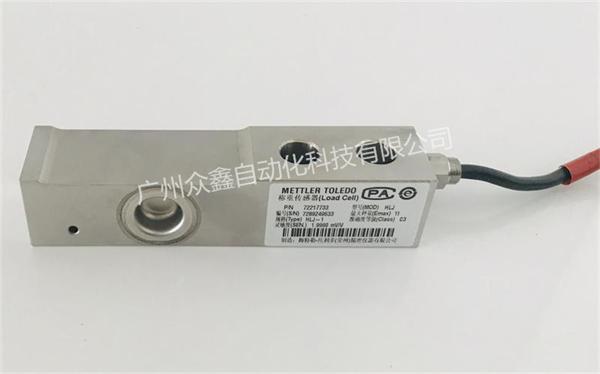push time:2023-06-26 Popularity: source:1
1. Calibration
Load CellCalibration is required before use, and only by doing so can the weighing sensor maintain the accuracy of the measurement figures in actual measurements. Sensor calibration is the process of calibrating sensors using high-precision standard instruments, in order to establish the corresponding relationship between sensor output and input. In addition, calibration can also detect whether the weighing sensor meets the standards.
Calibration is mainly aimed at intelligent instruments with recalibration function, and the calibration process has a full range linear impact on the instrument, enabling the equipment to achieve ideal measurement accuracy in its current state. From the perspective of operation process and final effect, the calibration process uses standard high-precision instruments for standard steps, and the process is controllable. The calibration results performed by different people are very close.

2. Calibration
After being put into use for a period of time, the basic performance of the weighing sensor may change, and it is necessary to use a calibration instrument to calibrate the sensor. (This is a comparative experiment to see if the difference between the actual and theoretical values of the weighing sensor is within an acceptable range.) After calibration, when errors are found in the measurement of the sensor, certain measures are taken to change the state of the instrument and reduce errors. It is also an adjustment process to overcome the error defects of the instrument itself.
Calibration and calibration are essentially the same, and calibration is actually a re calibration. After calibration and calibration, if the deviation of the weighing sensor can be adjusted to within the range, it can continue to be used. If it exceeds the range, the sensor cannot continue to be used and needs to be replaced.
Sales hotline:
Miss Chen: 18520271262
Miss Xie: 18688494254
Mr. Huang: 18688492451
Working hours:
Monday to Saturday9:0018:00
